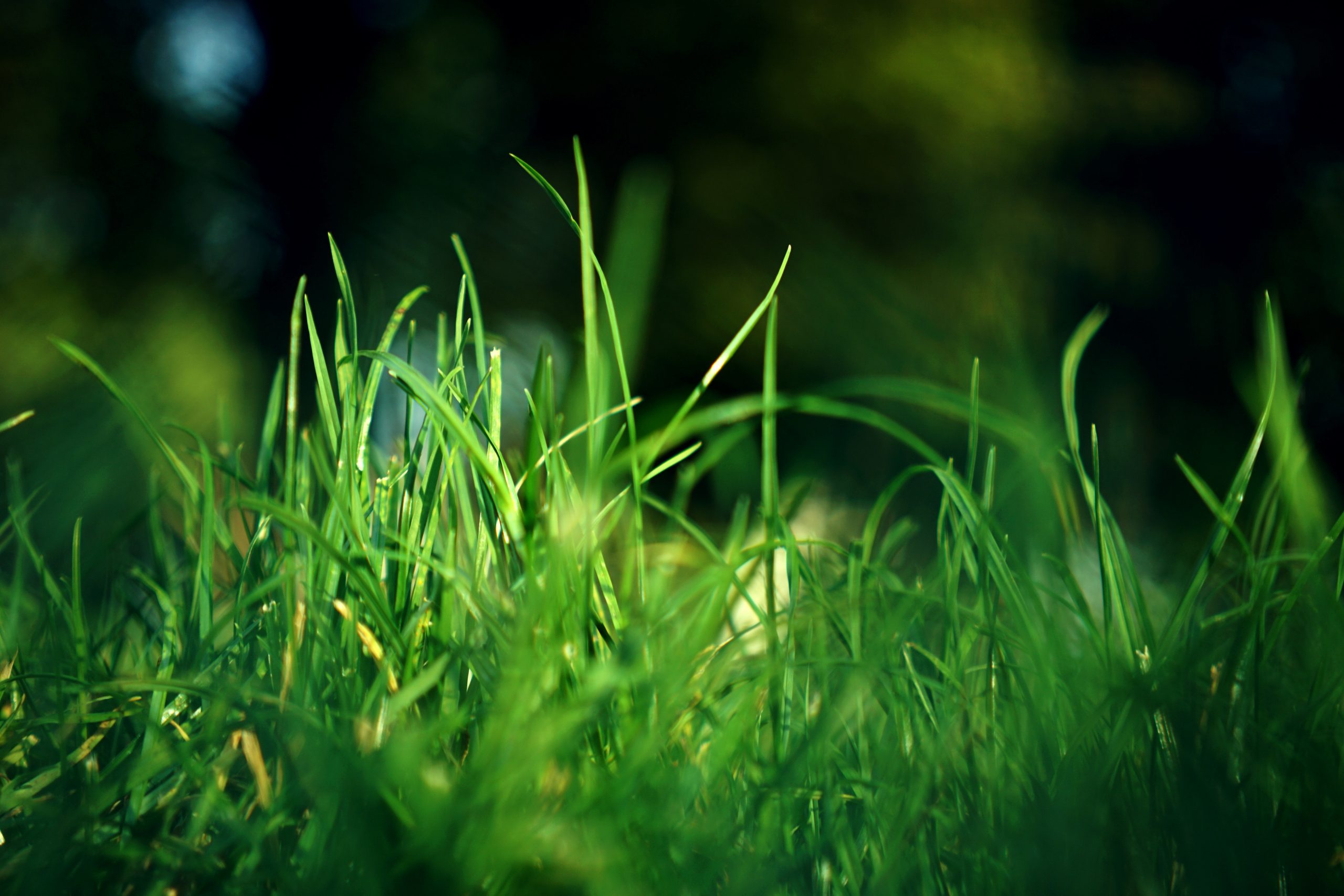Advances in breeding for pasture digestibility
Aonghus Lawlor and Dan Milbourne

Perennial ryegrass is a high-quality pasture grass for livestock. Breeding new perennial ryegrass varieties with a better nutritional profile for cattle is an effective method of increasing productivity and sustainability of milk production in Ireland. However, chemistry-based approaches for measuring these characteristics are expensive and time consuming, making them impractical in plant breeding.
Near Infrared Reflectance Spectroscopy (NIRS) is a technology that uses the manner in which materials absorb and reflect light of certain wavelengths to predict the breakdown of naturally -occurring chemicals present in the sample.
NIRS is considerably faster and cheaper than chemistry based approaches. To date we have acquired over fifteen thousand NIRS scans of perennial ryegrass samples. To calibrate the NIRS scans, a subset of these has been analysed using gold-standard chemical methods for important nutritional quality traits. We are applying a variety of data analytics techniques to maximise the accuracy of the calibrations using this set.
This will maintain and improve the accuracy of the calibrations over time. In future, NIRS will be combined with cost effective genomic selection methods also being developed in VistaMilk to further improve our ability to breed high nutritional value perennial ryegrass varieties.
To find out more about this project, check out our youtube video by Marie Curie researcher Agnieszka Konkolewska here:

